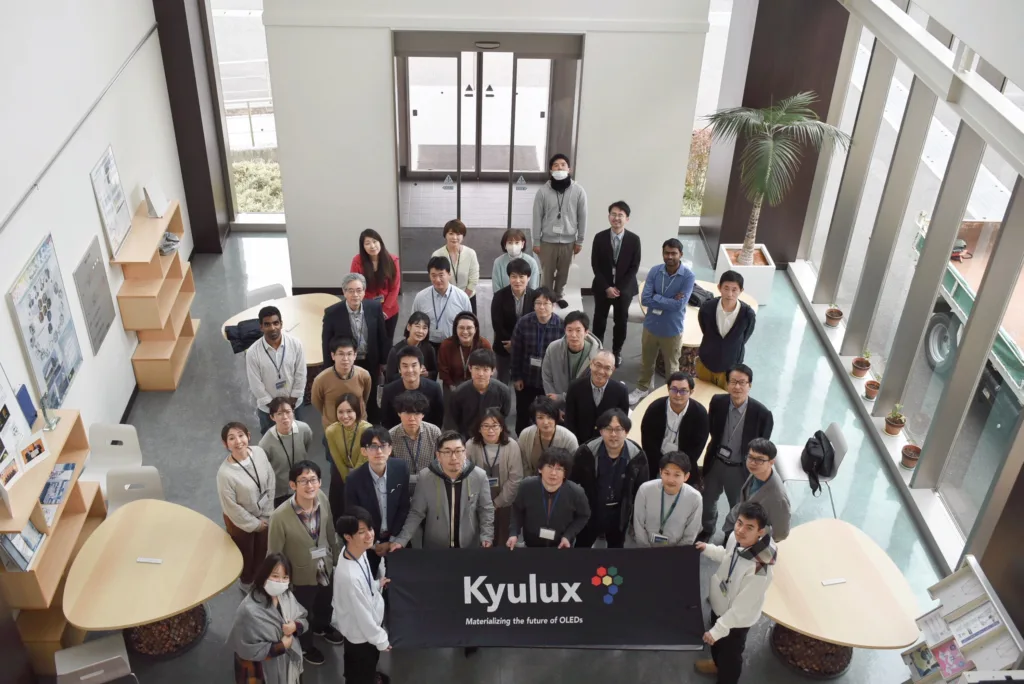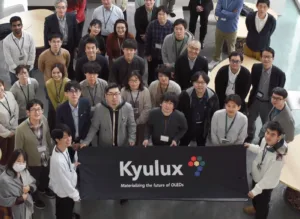Fukuoka-based OLED startup Kyulux has raised ¥4.27 billion ($28.6 million) in a Series C funding round to further develop its proprietary Hyperfluorescence technology for OLED displays. The round was led by El Camino Capital and the MCP Group, with participation from undisclosed existing investors. This brings Kyulux’s total fundraising to date to ¥12.7 billion ($108 million). Previous investors include Sparx Group, JAFCO Group, and SBI Investment.

Kyulux exclusively licenses Hyperfluorescence technology invented at Kyushu University. The new funding will allow Kyulux to accelerate OLED R&D, expand its IP portfolio, and support its goal of enabling mass production of hyperfluorescent OLEDs by 2025. At Display Week 2022, the company had said it was on track to commericalize its materials with green going into pilot testing in Q3’22 and expected to be in mass production by the second half of 2023 for smartphones. Red would follow by early 2024 and the firm hoped to have it in production by the end of 2024, with material testing starting at the end of this year.
OLED displays have gone through several generations of emitter materials, each with improved efficiency over the last. The state-of-the-art uses fluorescent blue alongside more efficient phosphorescent green and red emitters. However, an efficient deep blue emitter remains an elusive goal. Kyulux has developed a thermally activated delayed fluorescence (TADF) and Hyperfluorescence technologies that promise fully efficient blue emission. In late 2019, WiseChip launched the first commercial display using Kyulux’s hyperfluorescent yellow emitter.

